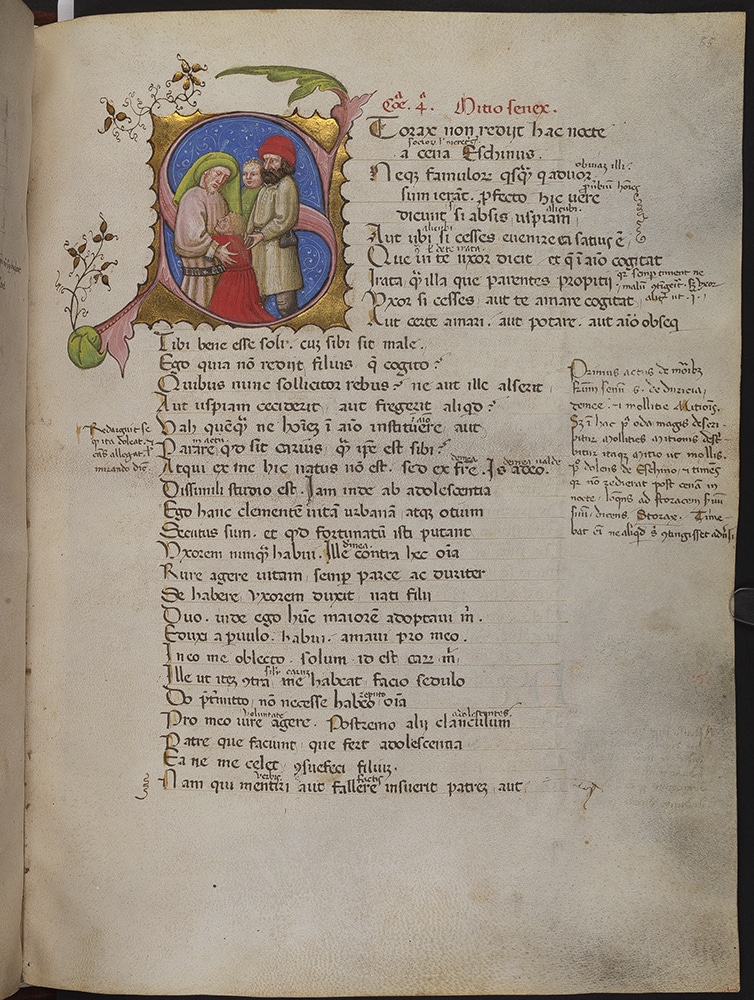The goal of the project is to create a catalogue of the manuscripts in internet-based and printed form. During the first phase of the project, new descriptions of 78 Latin manuscripts were compiled.
When the Georg-August-Universität Göttingen (University of Göttingen) was founded in 1737, a library was established and fundamentally restructured to reflect the scientific disciplines being studied there. The library’s holdings were based on books from Göttingen’s grammar school, duplicates from the Royal Library in Hanover and the outstandingly furnished library of the High Bailiff Joachim Hinrich von Bülow (d. 1724), which had been left to the university. The library’s early directors, most notably Christian Gottlob Heyne (d. 1812), rapidly expanded the holdings, making prudent acquisitions that would serve the interests of science, so that it soon became an extremely well-furnished universal library.
The majority of the manuscripts were acquired at auctions during Heyne’s term in office from 1763 to 1812. They thus entered the library as a result of conscious purchasing decisions taken with the library’s overall holdings in mind. The deliberate decision to order the medieval manuscripts according to the scientific system of the Enlightenment is a special feature of the Göttingen corpus of occidental medieval manuscripts, which is emphasised by the way they are arranged. Rather than forming a shelf-mark group of their own, which would distinguish them from the overall holdings as medieval manuscripts, they were instead shelved together with the early modern manuscripts following the Göttingen system of the 18th century, but nonetheless separately from the printed works.
Altogether the historical holdings of the SUB Göttingen include 426 occidental medieval manuscripts. The new in-depth cataloguing according to DFG standards is intended to replace the manuscripts catalogue of Wilhelm Meyer (1893/94). The manuscripts will be indexed and catalogued based on XML in TEI-P5 format. During the second phase of the project, new descriptions will be compiled of 78 manuscripts. The latest project results will be published in the HAB’s manuscript database while the project is still in progress. At the same time descriptions will be entered in the Handschriftenportal. The data obtained from describing and identifying the bindings will be entered in the bindings database, which is likewise funded by the DFG. Watermarks will be recorded using the ATWISE infrared device and following identification will be entered in the Wasserzeichen-Informationssystem (Watermark Information System, WZIS).
A list of the described Wolfenbüttel manuscripts can be found here, and you can also access the project page of the SUB Göttingen (first phase of the project).
In cooperation with the Niedersächsische Staats- und Universitätsbibliothek Göttingen
PURL: http://diglib.hab.de/?link=076
Funded by: DFG
Duration: January 2017 – Dezember 2024
Project participant: Dr Patrizia Carmassi (team member)
